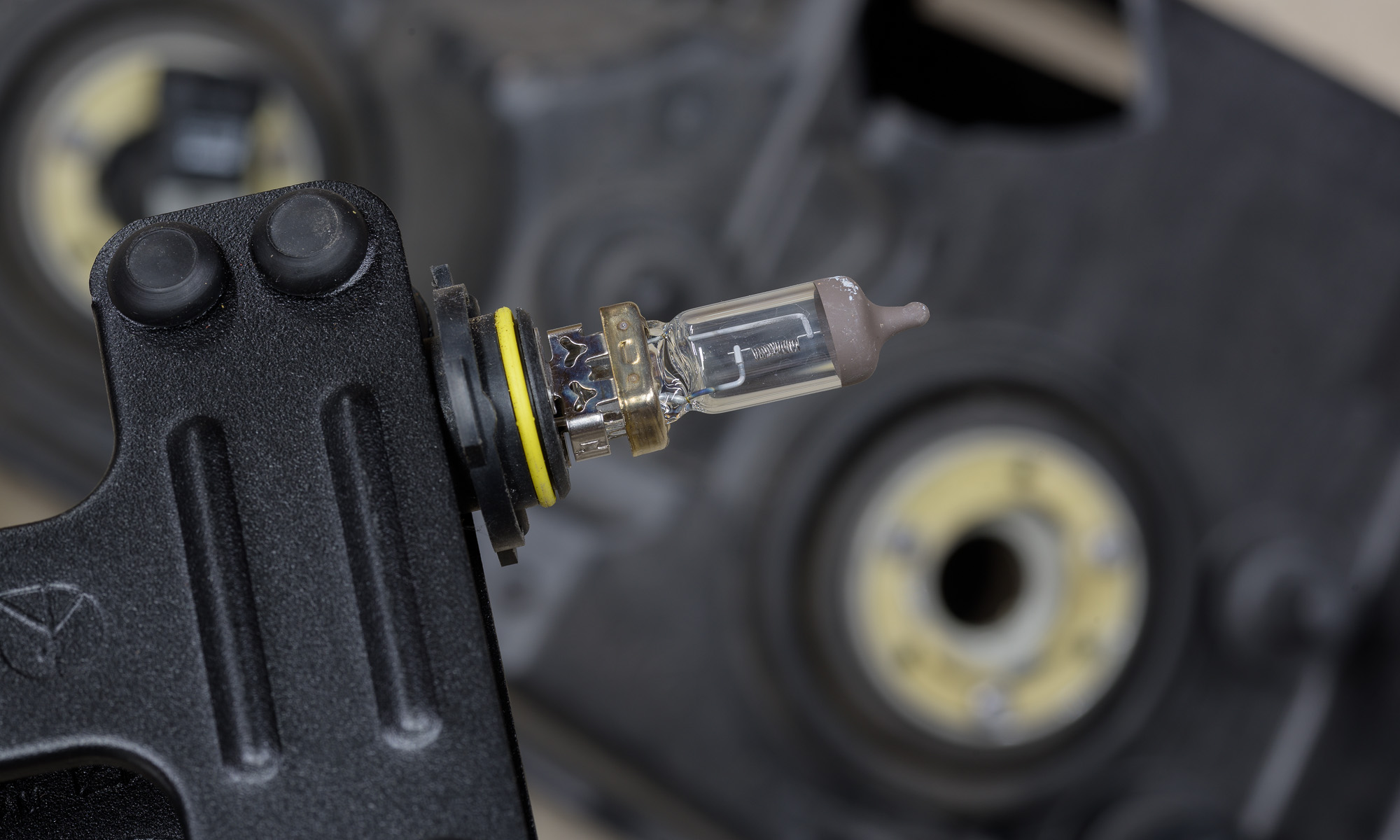Many lenses have an odd number of aperture blades, but several have an even number. For most photography, there is little to no noticeable effect.
There is, however, a noticeable difference if you have a “sun star” in your image. A “sun star” is the name given to noticeable rays—day or night—emanating from the sun or from an artificial light source. A sun star is created when the lens is stopped down. The more the lens is stopped down, the larger the rays of the sun star.
An even number of aperture blades results in the same number of sun star rays. As the image below shows, a lens with ten blades (the TTArtisan 50 mm f/2 lens), stopped down to f/16, resulted in ten pronounced rays from a street light at night. [Click on image to enlarge, then click back arrow to return to this post.]

An odd number of blades results in twice the number of rays. Using the same camera as above, but switching to a lens with nine aperture blades (the Nikkor Z 50 mm f/1.2 S lens), also stopped down to f/16, resulted in eighteen sun star rays. [Click on image to enlarge, then click back arrow to return to this post.]

Takeaways:
-1- Day or night, “sun stars” are often created from small, bright light sources in a photograph when lenses are stopped down.
-2- An even number of lens aperture blades creates the same number of sun star rays. An odd number of blades results in double the number of rays.
-3- An even number of blades creates more pronounced rays than does an odd number of blades.
-4- Sun stars are usually undesirable in forensic photographs. A future post will describe how to control the prominence of those rays. But if you must stop down for depth of field, an odd number of lens aperture blades will create more rays, but they will be less obtrusive.
